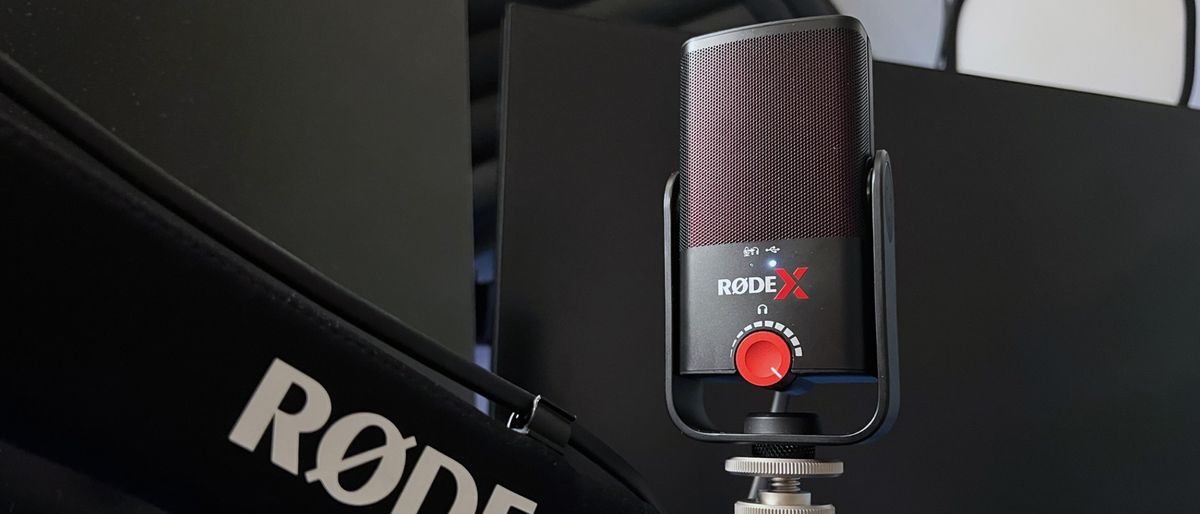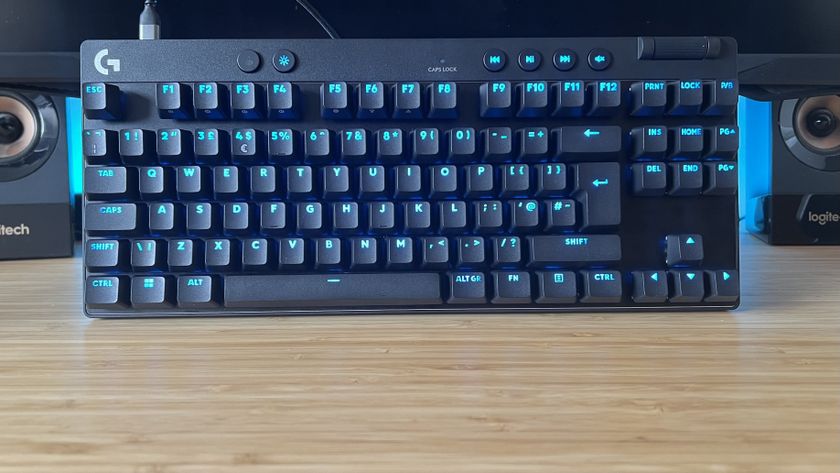12DOVE Verdict
The RODE X XCM-50 is at the higher end of the USB microphone spectrum but it delivers top levels of build quality and performance that means it won't let you down and sounds excellent.
Pros
- +
Natural, clear vocals
- +
Compact footprint
- +
Simple USB-C plug and play
Cons
- -
Higher end pricepoint
- -
Large tripod footprint (not required)
Why you can trust 12DOVE
After years spent in professional studios, RODE is getting into gaming, and the streaming for gamers space. Launched as the iconic brand’s new ‘streaming and gaming division’ RODE X brings two new microphones to the market, the dynamic XDM-100 and this, the XCM-50.
A $149/£169 USB condenser microphone, the RODE X XCM-50 promises studio quality sound that’s been ‘optimised for gaming and streaming’. It should have all the ingredients to make it one of the best microphones for streaming, but this a crowded marketplace to break into, regardless of your roots.
Design & features
There’s something strangely charming about the design of the XCM-50. A compact little rectangle with rounded edges and a playful red tint behind the grill, the whole unit measures just 11cm long and 6cm wide. The integrated 360-degree swing mount means the XCM-50 often lives with a seemingly quizzical tilt to its head, maybe that’s where the charm comes from; it's a bit like R2D2 reborn as a microphone.
Both the USC-C and 3.5mm headphone jack ports are hidden on the back and a striking red gain dial pops off the front. There’s quite a bit of resistance to the dial which will stop accidental bumps, but I also found it to be somewhat redundant anyway. I spun it to 80% when I first set up the microphone and never looked at it again. Any level changes from then on were from the software side, but it’s not doing anyone any harm by being there I suppose.
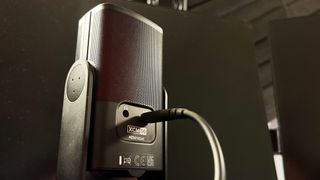
Build quality on the XCM-50 is as rock solid as you’d expect from RODE and the gently textured black metal body has a properly premium feel to it. The same is true of the included 3m USB-C to USB-C cable, it just feels incredibly high-end. It’s not a generic plasticky cable, it’s flexible and rubberised and lovely. I know this is a microphone review and not a cable review, but it really stood out to me and it sums up the whole experience with RPDE X and the XCM-50 - you’re getting real quality in exchange for that above-average price point.
RODE does include a stand with the XCM-50 which comes as a pleasant surprise and like everything else in the box the mini tripod feels well-made and premium. However, while something is definitely better than nothing, I didn’t find it particularly useful. The clear desk space needed when the tripod is fully open meant there was no spot I could add it to my setup where it wasn’t in the way of something else or in the wrong place for the mic itself. Of course, you can also mount the XCM-50 to a traditional mic arm and the hidden, integrated shock mount did a commendable job at isolating bangs and bumps from the desk.

Performance
For a plug-and-play USB microphone in such a compact form factor the XCM-50 floored me with just how well it performed. You’d be forgiven for expecting a small microphone like this to deliver timid results but the truth is the opposite. The XCM-50 produced impressively powerful, clean audio from the outset, even without tweaking EQ settings.
Being a condenser microphone you’ll find a crisper and more natural sound here than with dynamic microphones like the XDM-100. This isn’t to say better of course but it does bring with it different considerations when it comes to your setup and what you want to present.
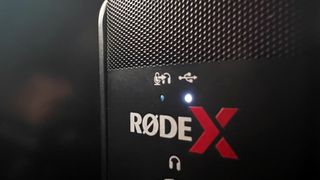
In testing, I found the XCM-50 did an excellent job at providing loud and clear vocals that sounded like you were in the same room. It was more natural than the overly smooth ‘podcast voice’ some microphones aim for while still sounding clean and without an excess of room noise. Condenser microphones can often be brought undone by bad environments, but the RODE X XCM-50 does a good job of minimising disruption courtesy of a tight polar pattern and integrated pop filter.
The XCM-50 features some clever internal processing as standard too but if you want to take further control then RODE has launched the UNIFY app. It still feels a little bit beta and the included filter and effect options are limited for now, but they do a decent job of offering some basic personalisation to hone in your audio. There’s room for improvement on the software side but thankfully it’s far from necessary anyway.

Overall - Should you buy the RODE X XCM-50?
It’s a bit of a cliche but the RODE XCM-50 is a great example of getting what you pay for. At $149/£169 it’s at the higher end of USB microphones but it delivers build quality and performance well and truly in the top tier. For streamers looking for a balanced, natural-sounding microphone the XCM-50 is an excellent choice that won’t disappoint.
How we tested the RODE X XCM-50
The RØDE X XCM-50 became my primary microphone for a couple of weeks, mounted on a PSA1+ mic arm and connected to my gaming PC with the supplied USB-C cable. It was tested across a range of tasks including live streaming, voice recording, and Discord calls.
You can read more about our approach to gaming tech and products in the full 12DOVE Hardware Policy.
Complete your streaming setup with one of the best capture cards and the best webcams.
Alex is a streamer who has been creating gaming content for over a decade, streaming on Twitch regularly across the last five years. With a degree in film and a background in sports media, you'll find him jumping between 60,000 seat stadiums and his Animal Crossing island (where he's growing pears, in case you were wondering).
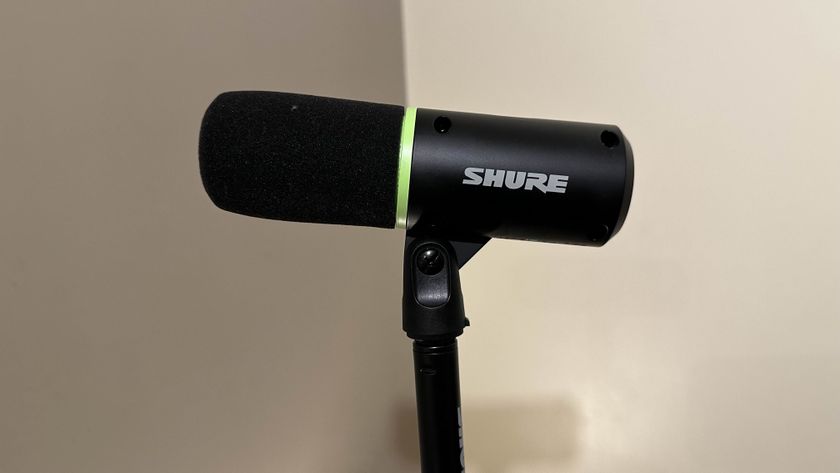
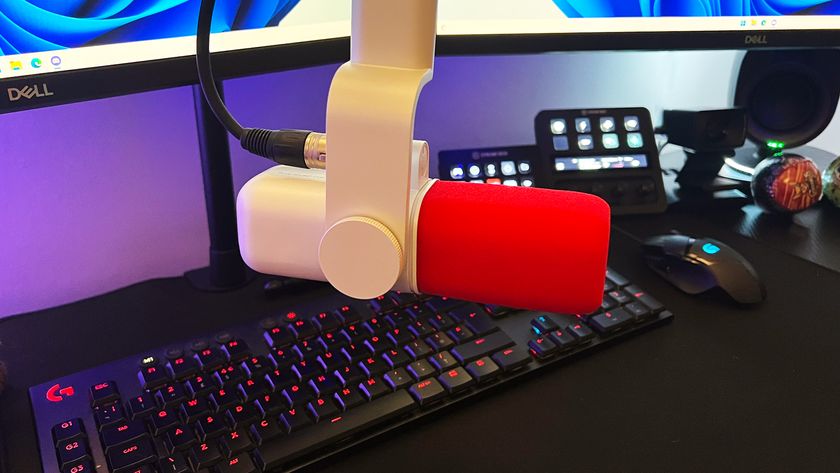
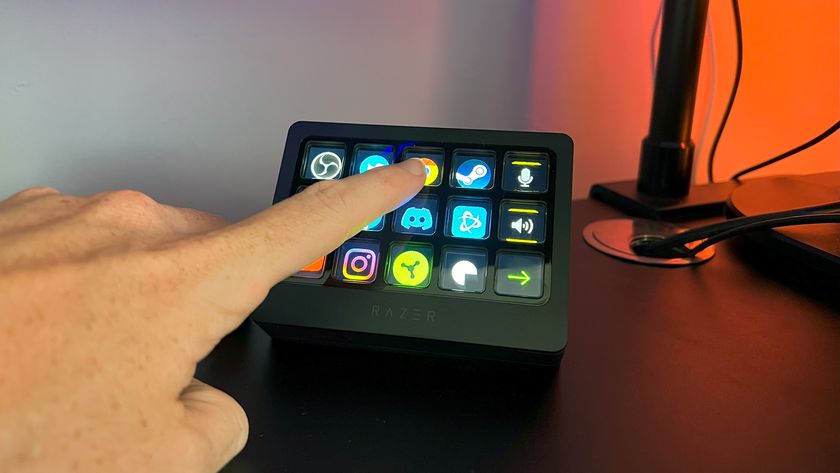

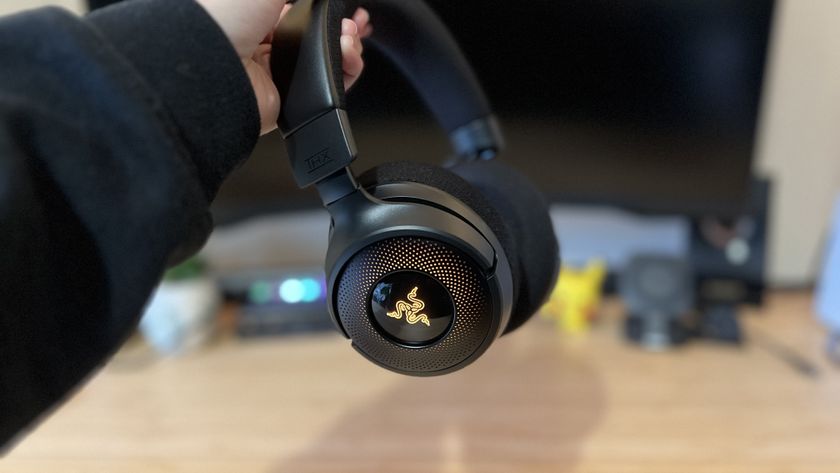
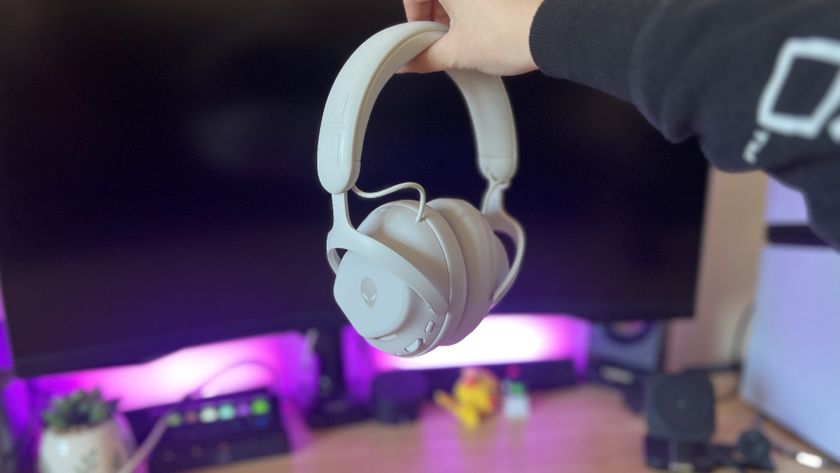

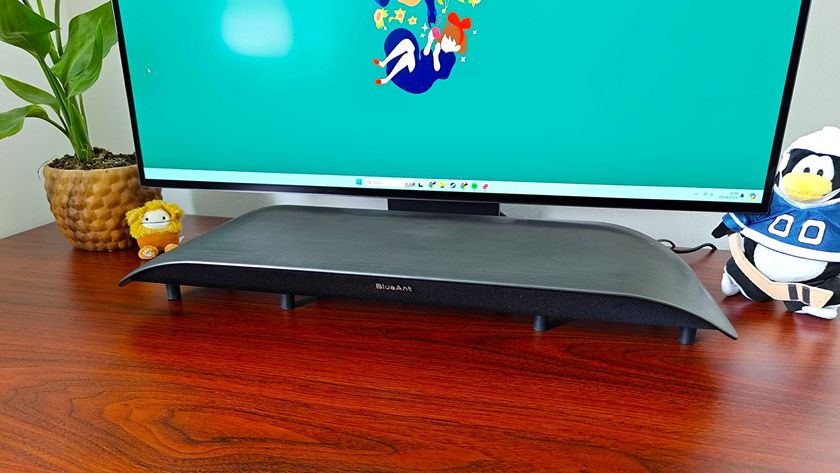
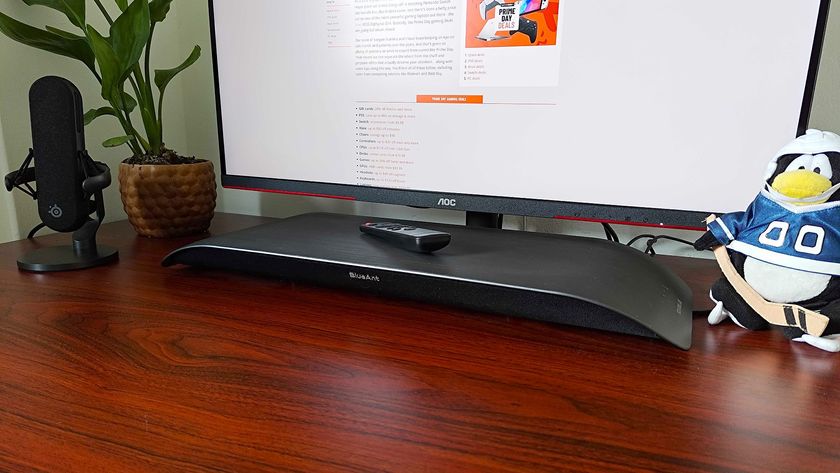
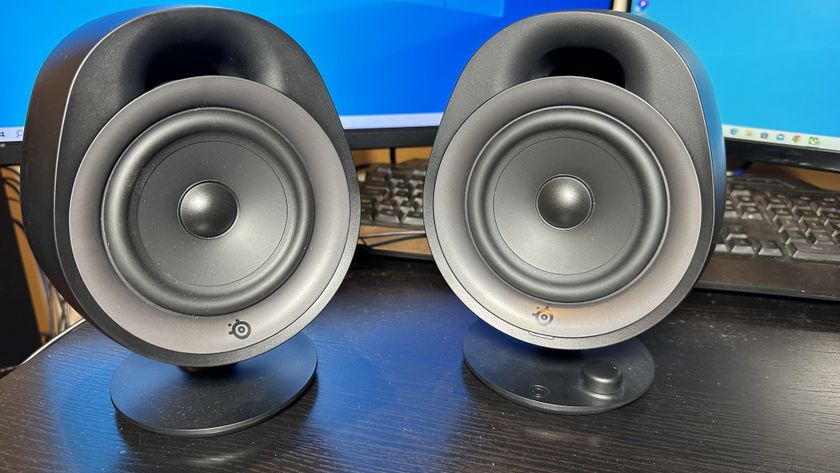
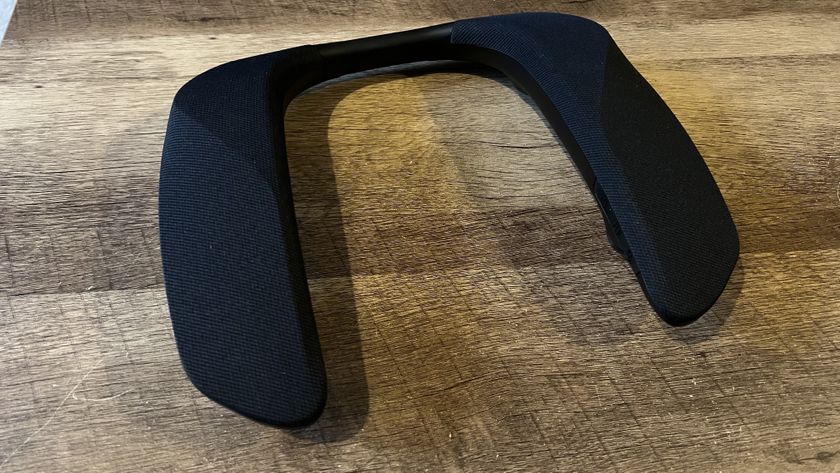
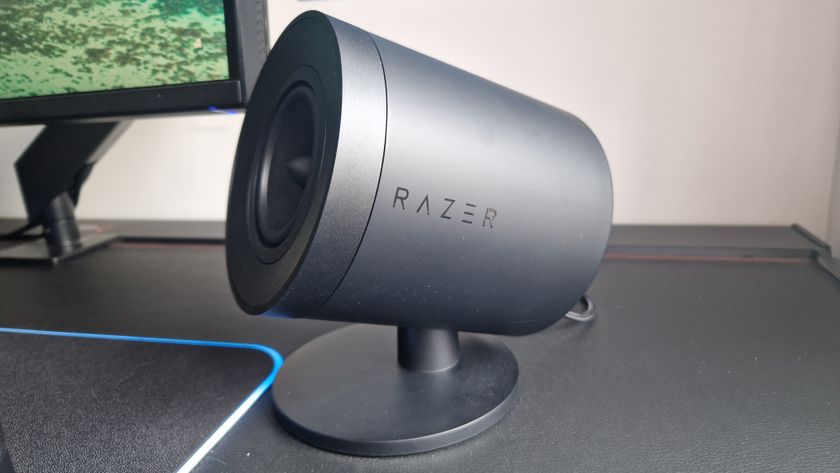




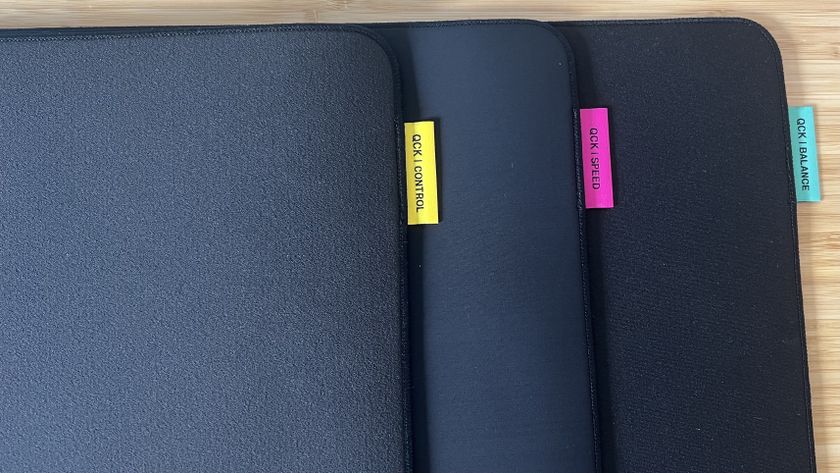


Marvel's New Thunderbolts* comic steals the MCU's asterisk, and the reason why is just as big of a mystery

Pokemon Go players brace for the worst as Niantic is sold off for $3.5 billion: "This game is entering its death knell"

A 16-year-old pitch for a newly discovered first-party PSP game has me mourning the death of PlayStation's Japan Studio all over again
